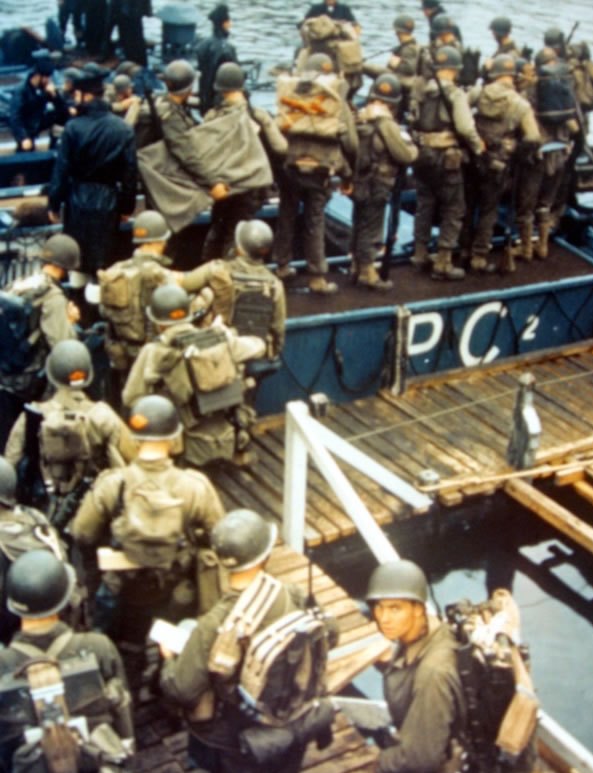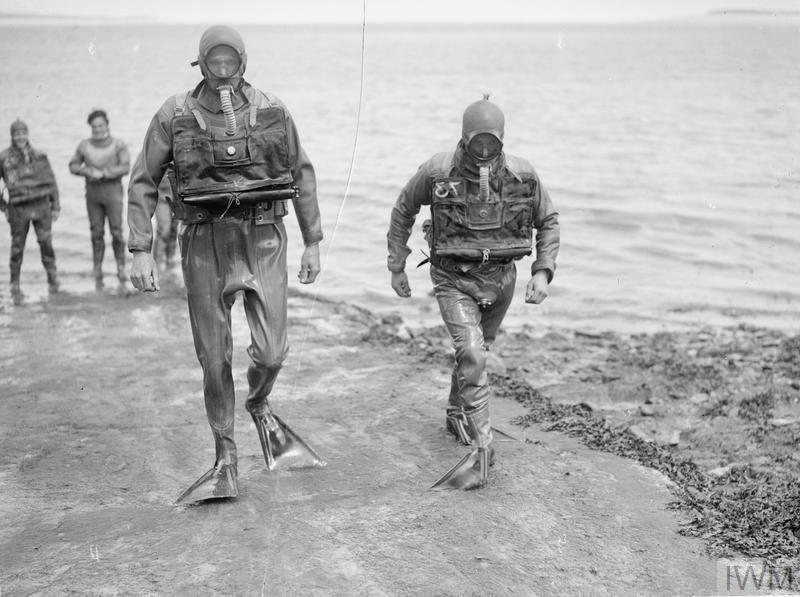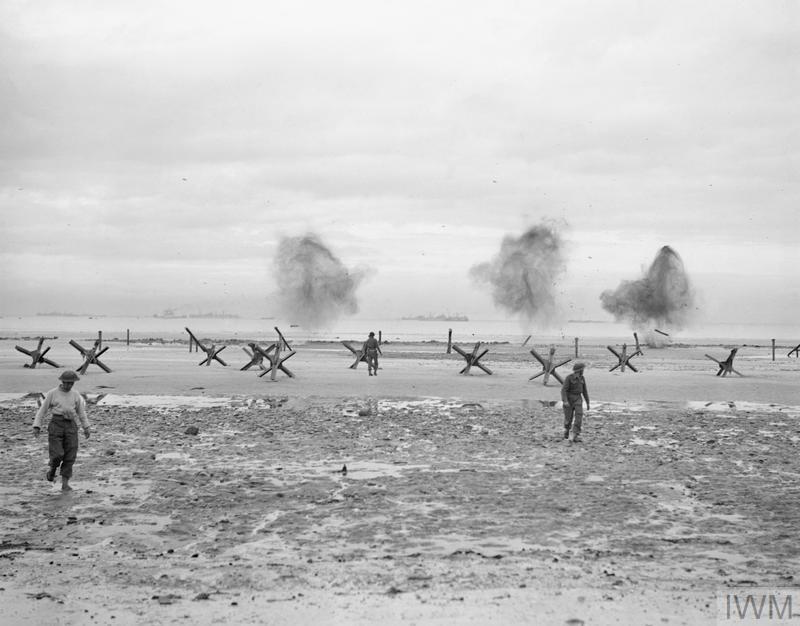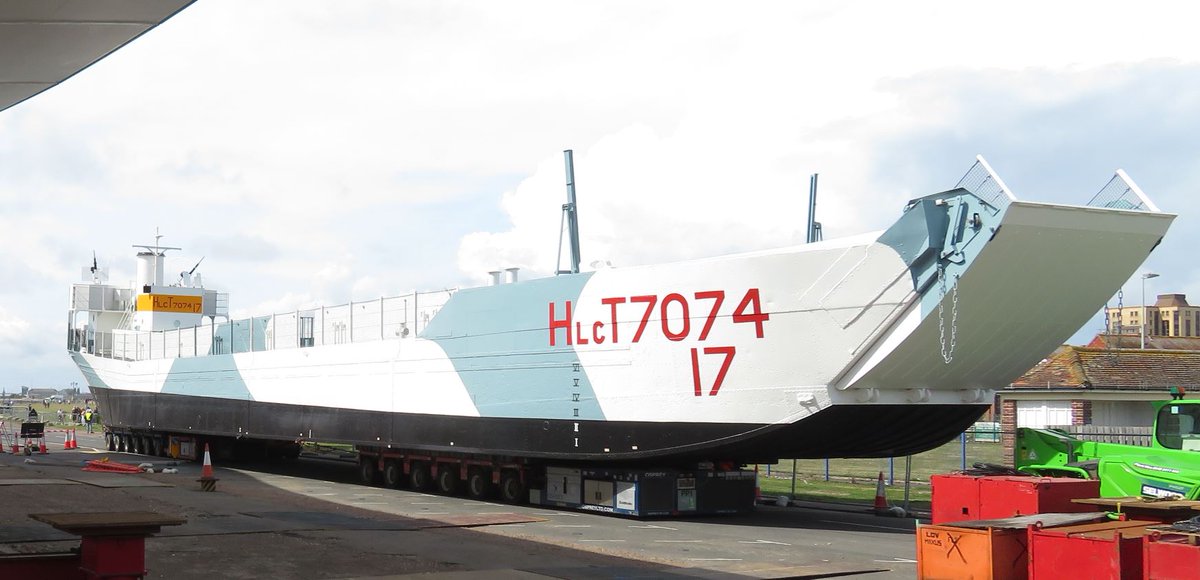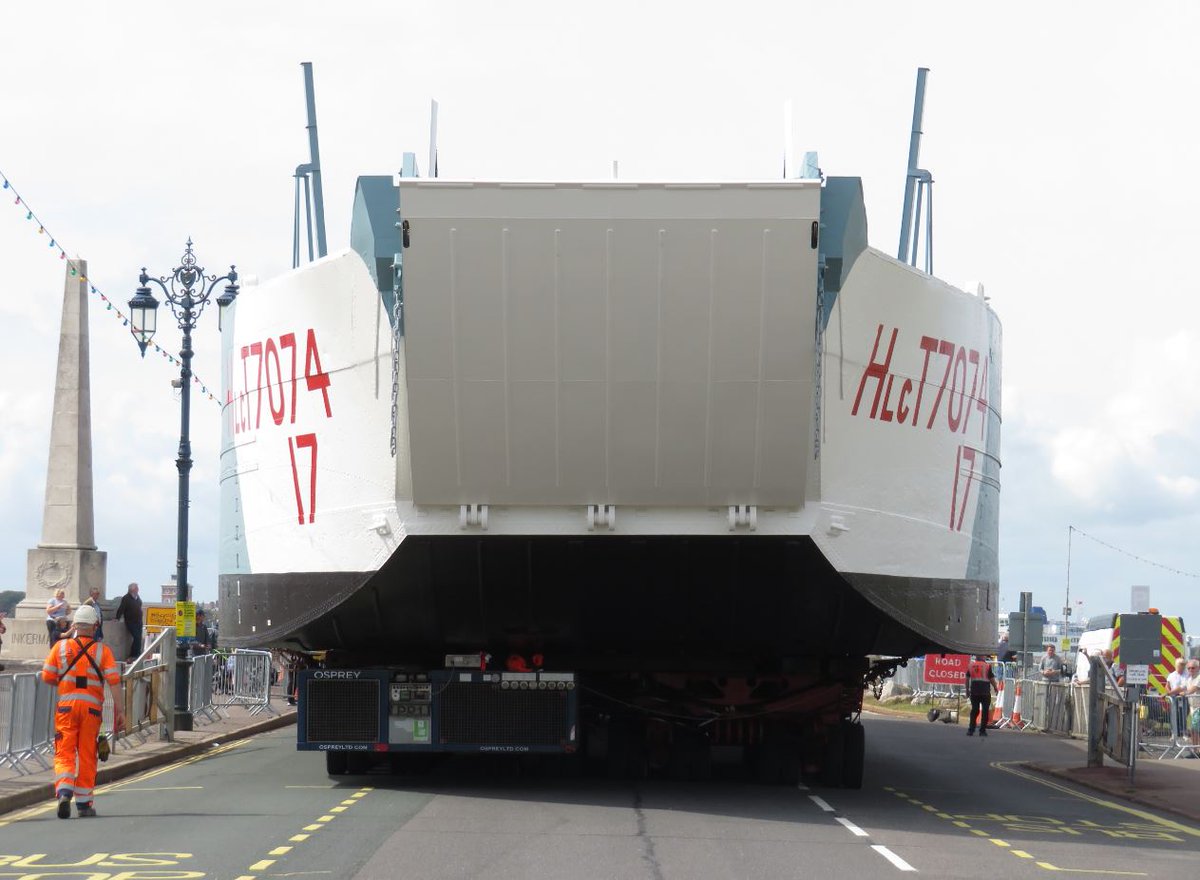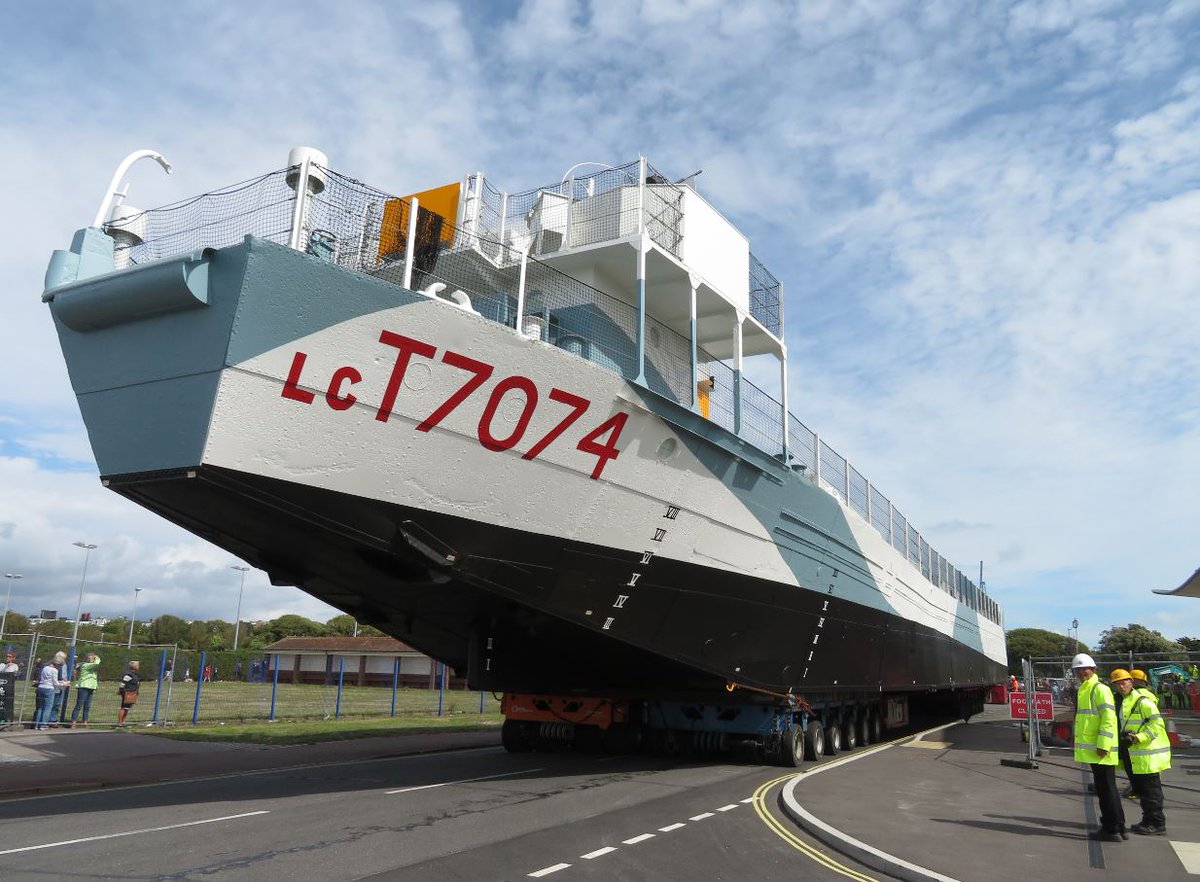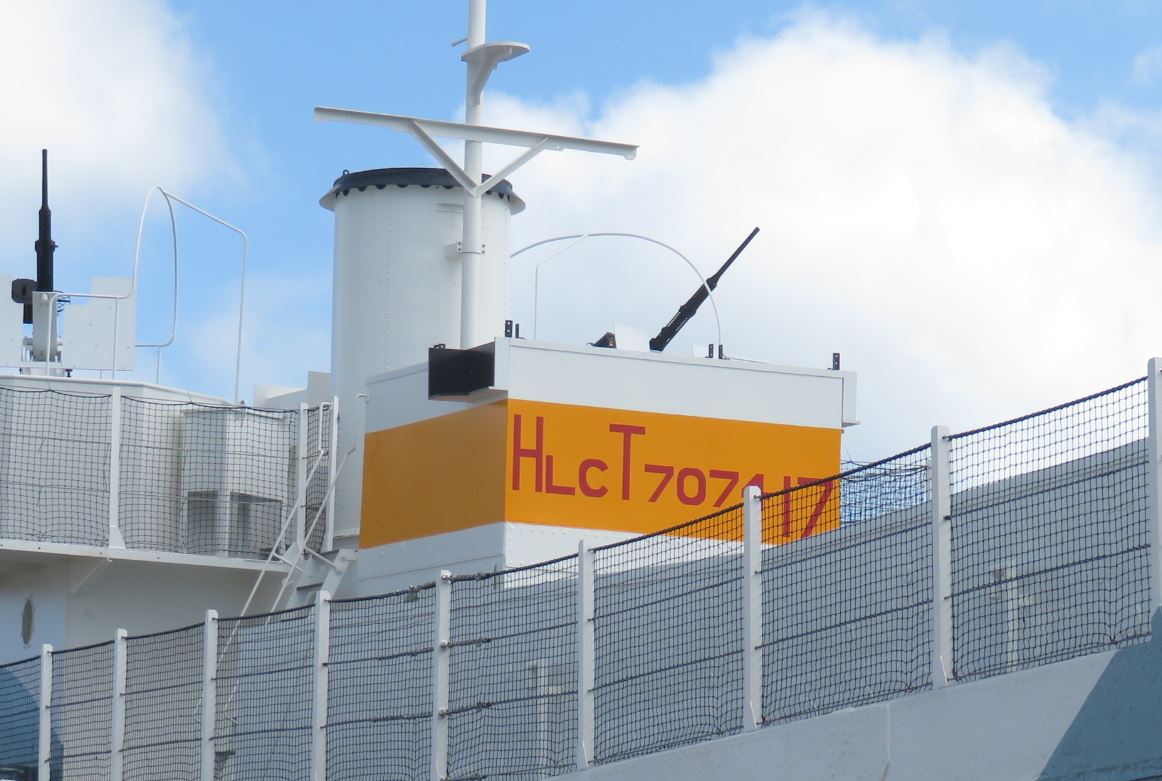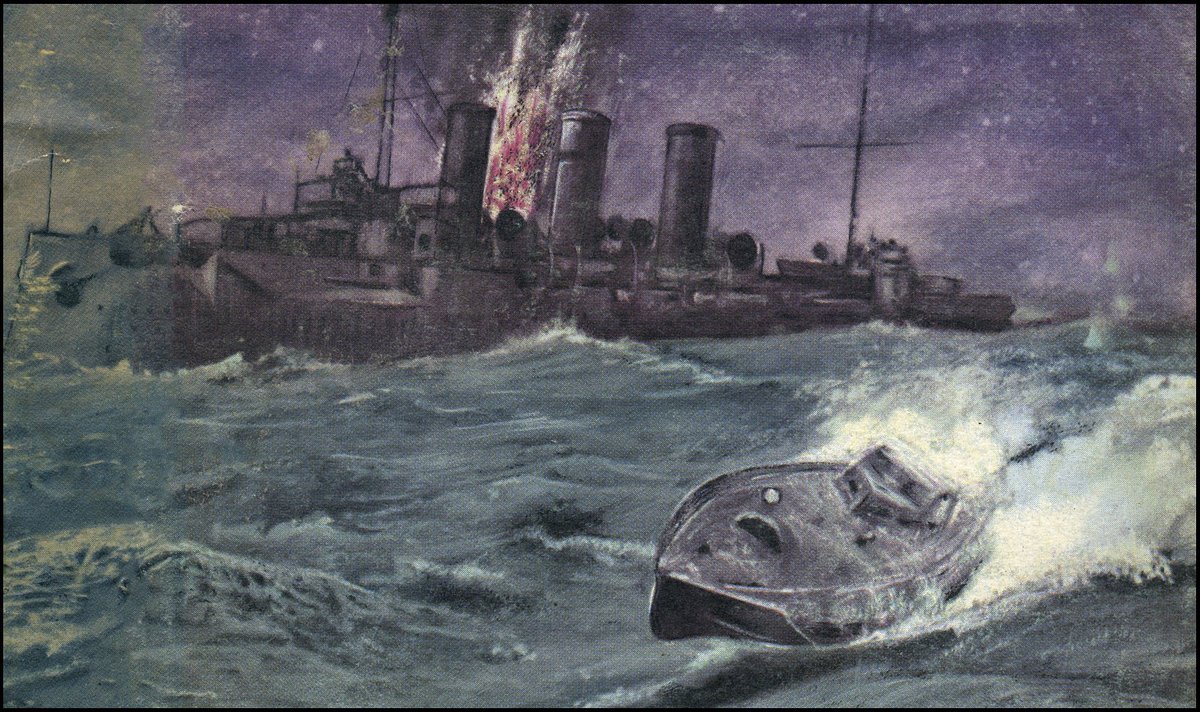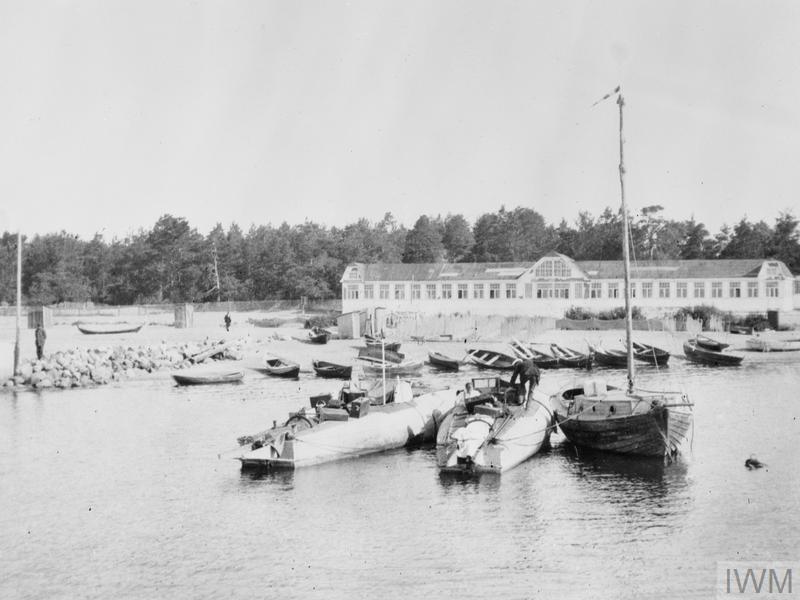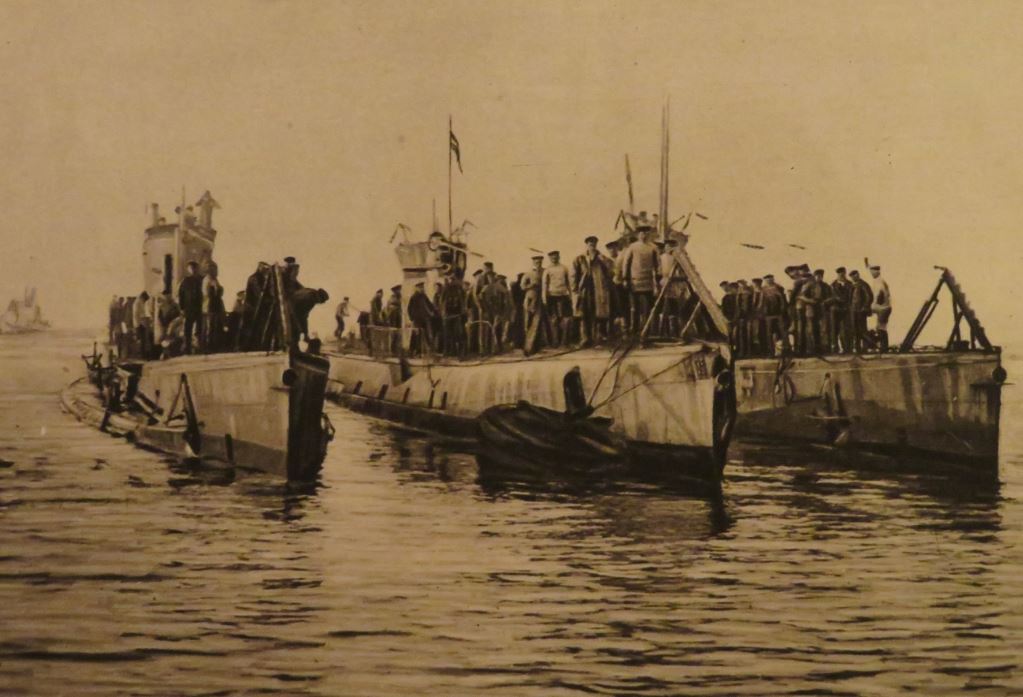
As we're back in lockdown, here's a chart for you all. Think you know your Normandy beaches? There were far more important names out at sea. 

In answer to some of the questions I've been asked, I compiled this from four separate charts, contained in the Admiralty staff history and the navigation orders issued to #LCT7074. The zones are areas of navigation, patrol and exclusion. Scallops for example, was a minefield. 

Mason was a patrol line for PT boats. Mountain was an area where RN MTBs had free reign and any other vessels found in it were expected to be hostile (until the Cotentin Peninsula was liberated of course). #MGB81 is possibly returning from Mountain in this photo. 📷IWM A24047 

The Trout Line was the patrol line to protect the invasion beaches from enemy vessels, submarines and explosive boats coming out of Le Havre. Some of the tweets here give you a flavour of this exhausting 3 month defense.
https://twitter.com/Sweepers3945/status/1346508032679804928
Some of the lines are based on shoreline markers. Kansas for instance fits between Grandcamp Maisy and Pointe-du Hoc. The break between the WTF and ETF was at Port-en-Bessin, a noticeable gap in the cliffs. The break between Juno and Sword was St Aubin Lighthouse. 📷Google 

The Dixie Line (seemingly unnamed in the ETF) designated the main anchorages south of it. These were waiting areas prior to beaching (in the case of landing craft), berthing (in Mulberry or one of the small ports) or unloading into ferry vessels (mainly landing craft again). 

So each one of those areas was further subdivided into numerous anchorages for cargo vessels, landing craft, barges to supply ferry vessels at sea, and bombarding ships. Here's Sword for example. 

This is all part of a genuinely forgotten battlefield, the Battle of Seine Bay. The front line of the Normandy campaign wasn't just in the hedgerows – it was in the Channel. Thankfully, soon there'll be a book that corrects this (not mine I hasten to add). I look forward to it!
• • •
Missing some Tweet in this thread? You can try to
force a refresh




